Texas is the utility-scale solar leader in the United States, building vast amounts of solar capacity on large tracts of land. However, much of the state experiences heavy hailstorms that can cause widespread damage to solar assets. This has led to an increase in insurance costs for the industry, with premiums that have increased as much as 400%.
DNV estimates that since 2018, hail-related losses on PV facilities in Texas alone have surpassed $600 million. At the Fighting Jays solar farm in Fort Bend County, Texas, a hail event in March 2024 is expected to result in remediation costs reaching hundreds of millions, potentially exceeding 50% of initial construction costs.
kWh Analytics shared a case study of a client that was able to cut its insurance costs by 72% by employing resilient site design and operation. The company hardened its assets for a 140 MW solar project valued at $100 million in a high-risk hail region.
The developer made several hardware and operational selections to get a better insurance rate. It installed 3.2mm tempered glass solar panels and used high-quality components across modules, inverters and tracking systems.
Sun-tracking solar mounts that rotate on one axis can be angled vertically to avoid direct hail impacts. This process is called “hail stowing.”
The solar developer also selected operational protocols that lowered its insurance costs. It implemented a verified 53-degree hail stow angle, developed comprehensive extreme weather mitigation plans, and executed proactive stowing for over 90% of past hail events.
kWh Analytics said the developer set itself apart from others by showing evidence of its resilience through thorough documentation and a proactive approach. The company provided photographic evidence of the hail stow angle. It also submitted stow logs for recent months, demonstrating consistent operational implementation, and incorporated resilience planning from the project’s design phase.
“By combining physical asset improvements with smart operational protocols, developers cannot only protect their assets but also secure substantial insurance savings,” said kWh Analytics.
Watch a pv magazine webinar: “Hail risk mitigation strategies for solar assets”
This content is protected by copyright and may not be reused. If you want to cooperate with us and would like to reuse some of our content, please contact: editors@pv-magazine.com.
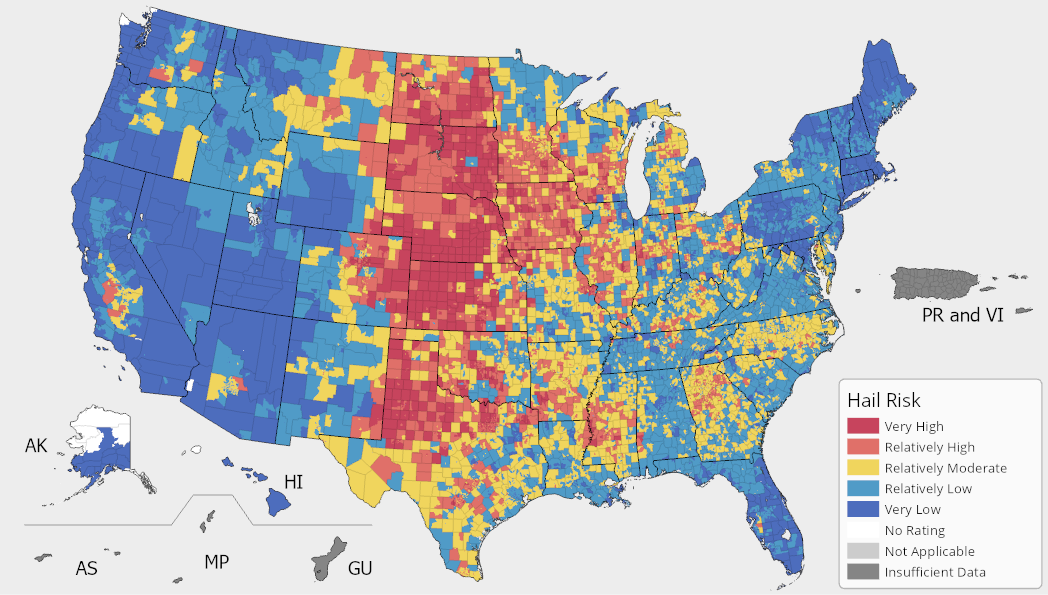
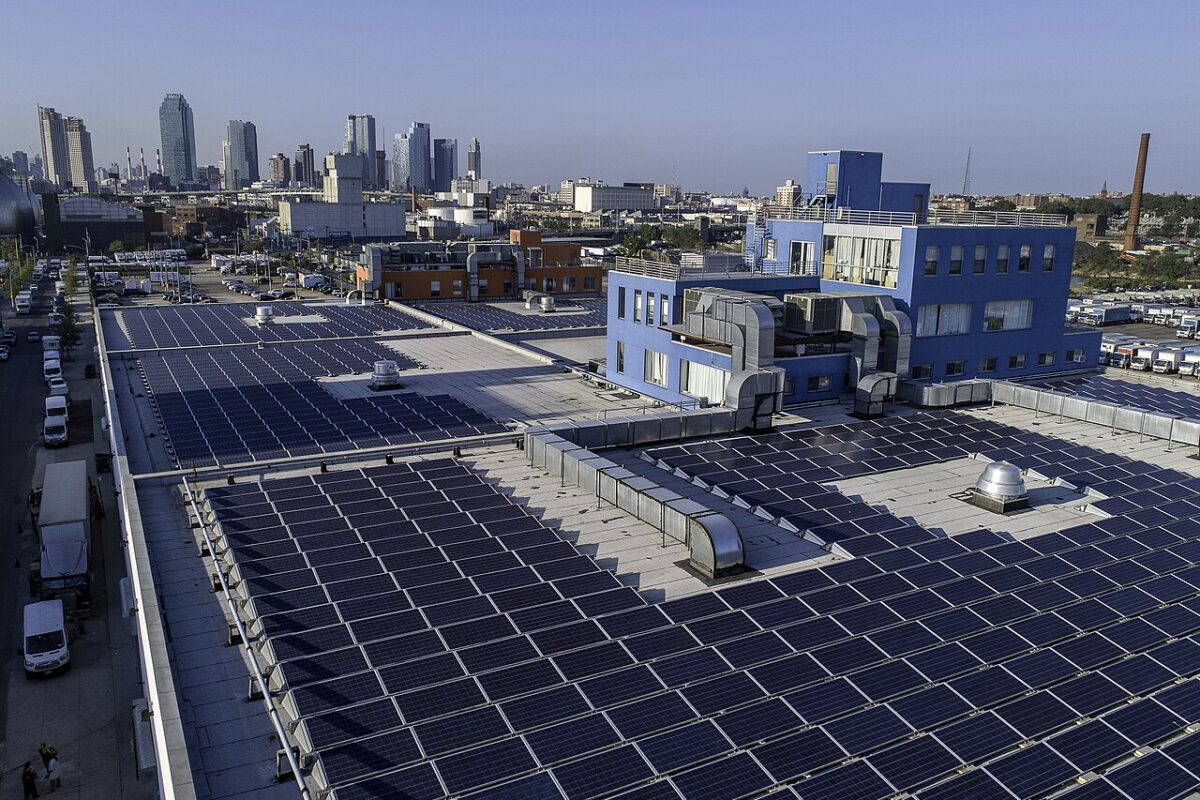



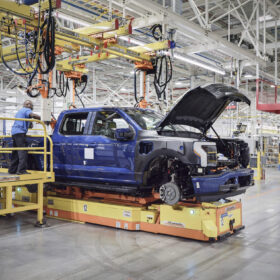
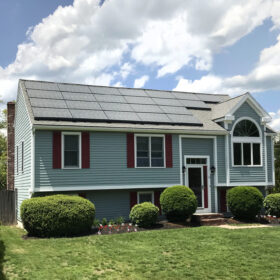
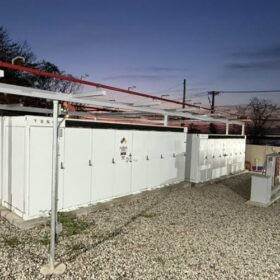
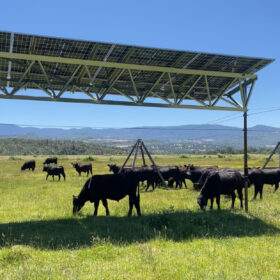
Living in what is known as Hail Alley in the Midwest, while solar is attractive, the amount of 1″ and larger hail is common enough to make me to have to really think about getting it for my house. I had been wondering if a tempered or even maybe Lexan over the panels would be decent protection or if it would affect its efficiency. Another thing I had thought of was getting like 10ga sheet metal, and making almost like a Hurricane style shutter for windows, but for the solar panels. If there’s a possibility of hail, take the loss of power generation, close the covers and they should be fine. Could even add in some angle iron over it to help as well. Most metal roofs out here that people get I think are around 24ga maybe 20ga thick and its corrugated (bent) and usually survives 1″ hail pretty well. Using 10ga sheet metal should be able to handle at least 2″ and larger quite well without too much if any damage at all. May have to use stainless steel or at least coat it paint to prevent rusting from the weather.